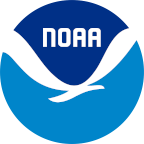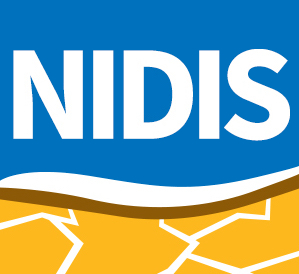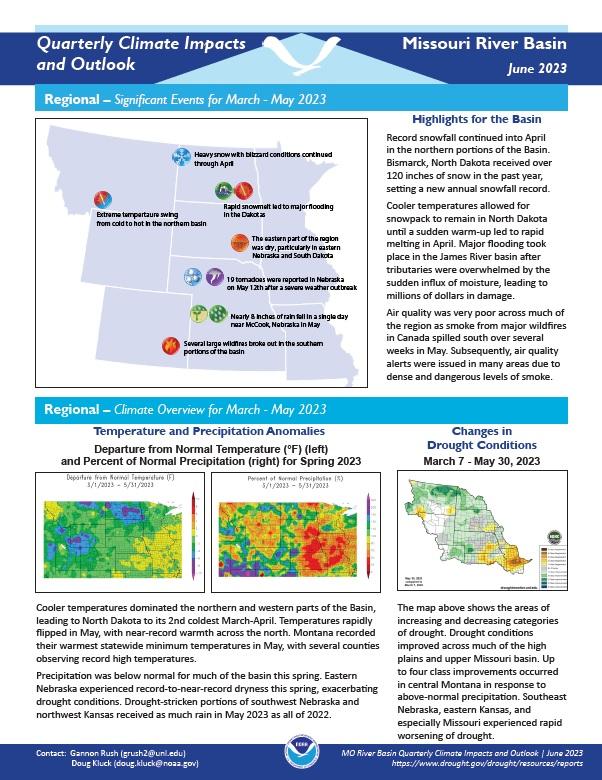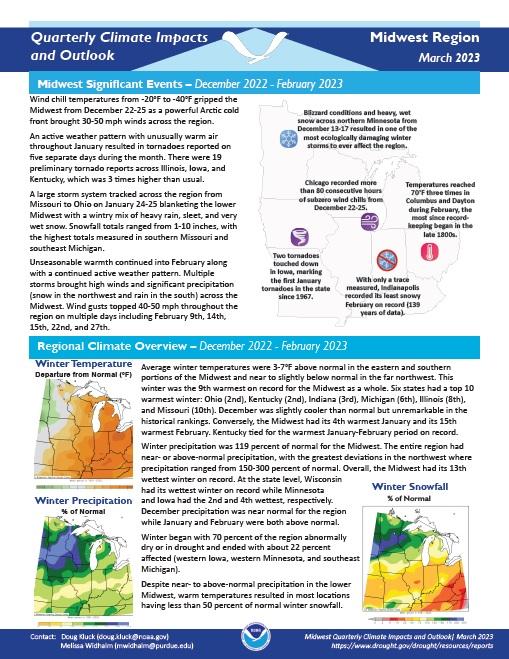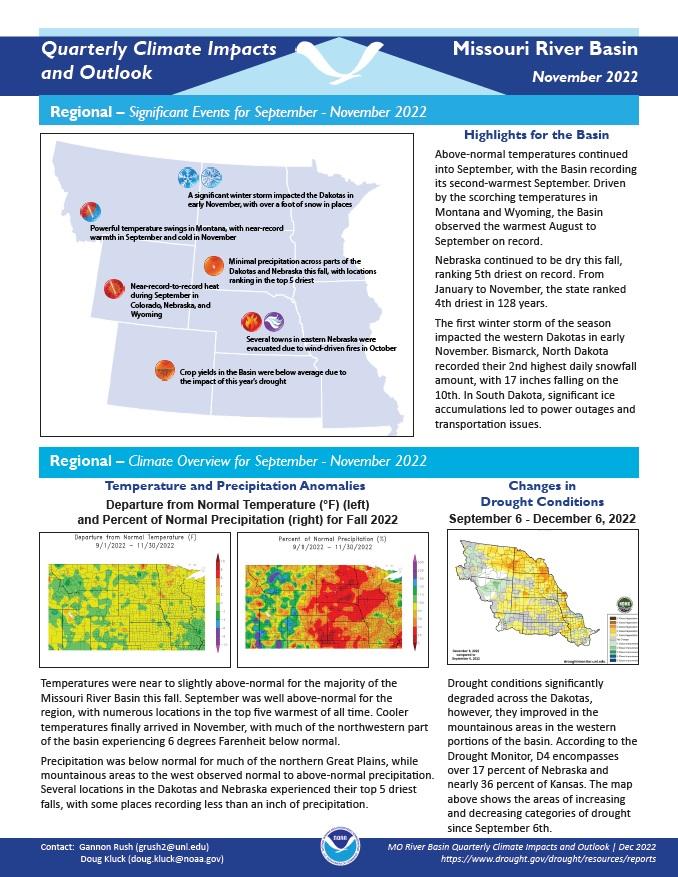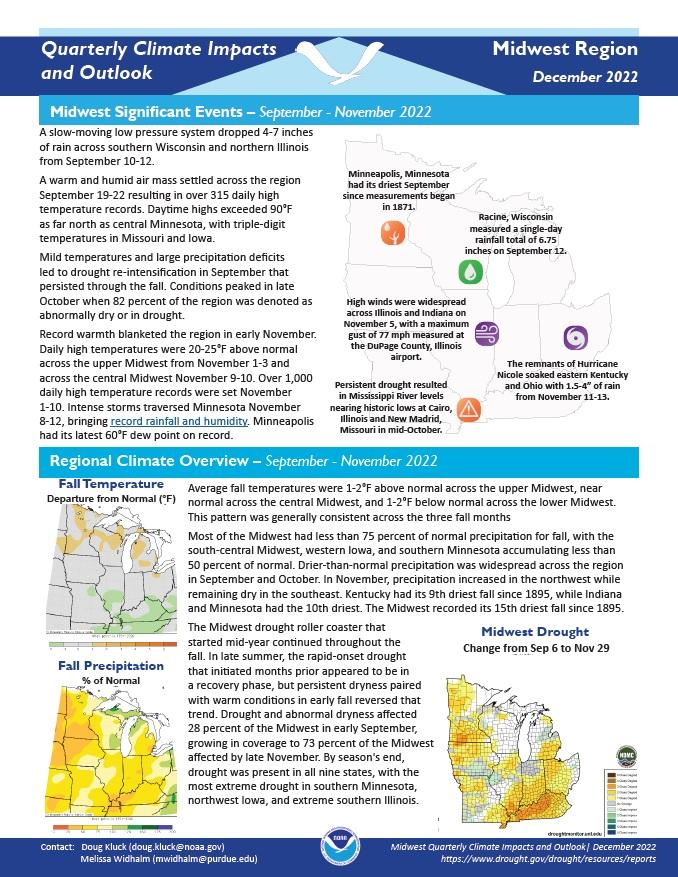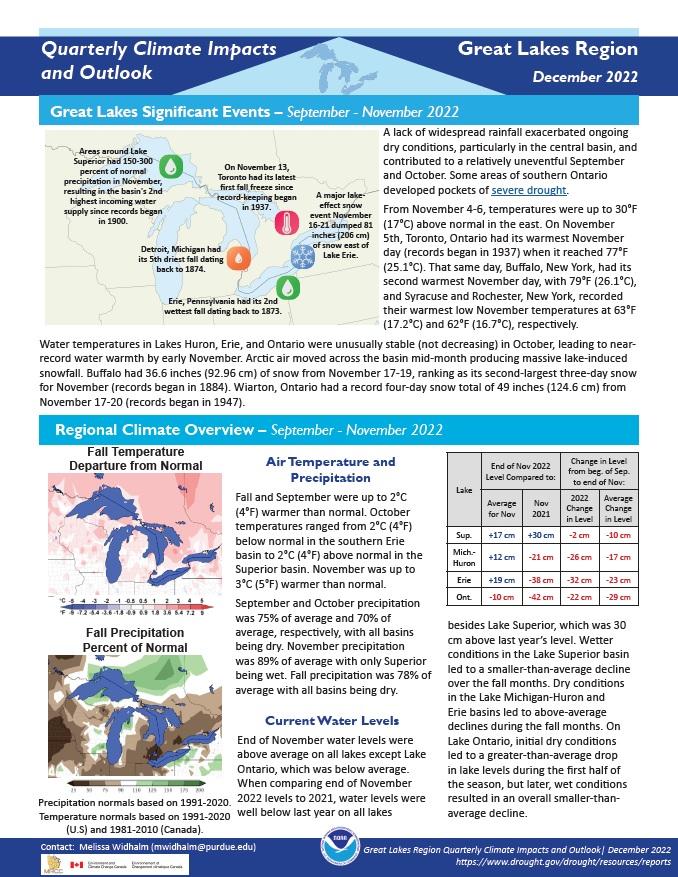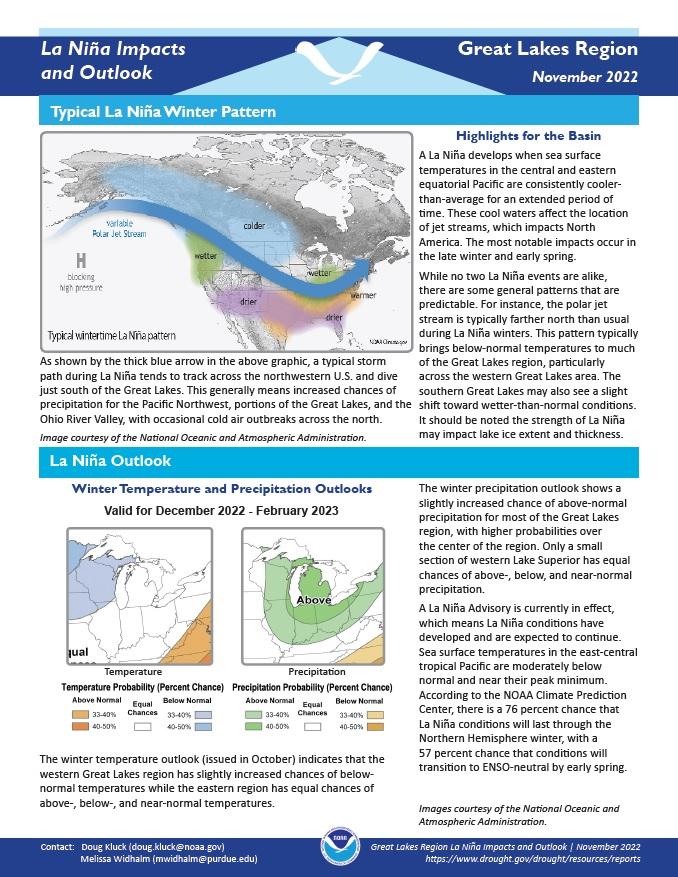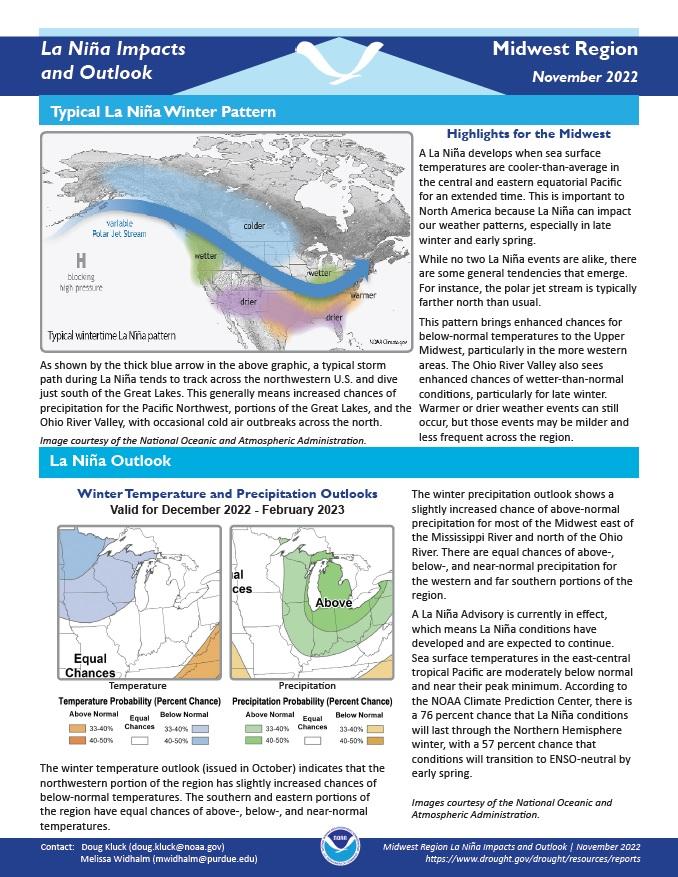Quarterly Climate Impacts and Outlook for the Missouri River Basin for March–May 2023. Dated June 2023.
Cooler temperatures dominated the northern and western parts of the Basin, leading North Dakota to its 2nd coldest March–April. Temperatures rapidly flipped in May, with near-record warmth across the north. Precipitation was below normal for much of the basin this spring. Eastern Nebraska experienced record to near-record dryness this spring, exacerbating drought conditions.
Quarterly Climate Impacts and Outlook for the Missouri River Basin for December 2022–February 2023. Dated March 2023.
Temperatures were below normal for much of the region. Precipitation was well above normal in the central portions of the basin, with record to near-record wetness. Improvements to drought conditions occurred across much of the basin in response to the above-normal precipitation, with the region observing a nearly 15% decrease in drought.
Quarterly Climate Impacts and Outlook for the Great Lakes Region for December 2022–February 2023. Dated March 2023.
Winter was up to 4°C (7°F) above normal. Winter precipitation ranged from 75%–200% of normal across the basin.
NOAA’s Regional Climate Services Program created these climate outlooks to inform the public about recent climate impacts within their respective regions. Each regional report contains easy-to-understand language, and anyone can access them through the Drought Portal.
Quarterly Climate Impacts and Outlook for the Midwest Region for December 2022–February 2023. Dated March 2023.
Quarterly Climate Impacts and Outlook for the Missouri River Basin for September–November 2022. Dated December 2022.
Temperatures were near to slightly above-normal for the majority of the Missouri River Basin this fall. Precipitation was below normal for much of the northern Great Plains, while mountainous areas to the west observed normal to above-normal precipitation.
Quarterly Climate Impacts and Outlook for the Midwest Region for September–November 2022. Dated December 2022.
Average fall temperatures were 1–2°F above normal across the upper Midwest, near normal across the central Midwest, and 1–2°F below normal across the lower Midwest. Most of the Midwest had less than 75 percent of normal precipitation for fall, with the south-central Midwest, western Iowa, and southern Minnesota accumulating less than 50 percent of normal.
Quarterly Climate Impacts and Outlook for the Great Lakes Region for September–November 2022. Dated December 2022.
Fall and September were up to 2°C (4°F) warmer than normal. Fall precipitation was 78% of average, and all basins were dry.
NOAA’s Regional Climate Services Program created these climate outlooks to inform the public about recent climate impacts within their respective regions. Each regional report contains easy-to-understand language, and anyone can access them through the Drought Portal.
This handout provides information on the typical La Niña winter pattern; the La Niña outlook; potential winter and spring impacts; and comparisons of conditions during previous La Niña years for the Missouri River Basin region. Updated November 2022.
NOAA’s Regional Climate Services Program created these outlooks to inform the public about climate impacts within their respective regions. Each regional report contains easy-to-understand language, and anyone can access them through the Drought Portal.
This handout provides information on the typical La Niña winter pattern; the La Niña outlook; potential winter and spring impacts; and comparisons of conditions during previous La Niña years for the Great Lakes region. Updated November 2022.
NOAA’s Regional Climate Services Program created these Outlooks to inform the public about climate impacts within their respective regions. Each regional report contains easy-to-understand language, and anyone can access them through the Drought Portal.
This handout provides information on the typical La Niña winter pattern; the La Niña outlook; potential impacts; and comparisons of conditions during previous La Niña years for the Midwest U.S. Updated November 2022.
NOAA’s Regional Climate Services Program created these outlooks to inform the public about climate impacts within their respective regions. Each regional report contains easy-to-understand language, and anyone can access them through the Drought Portal.
